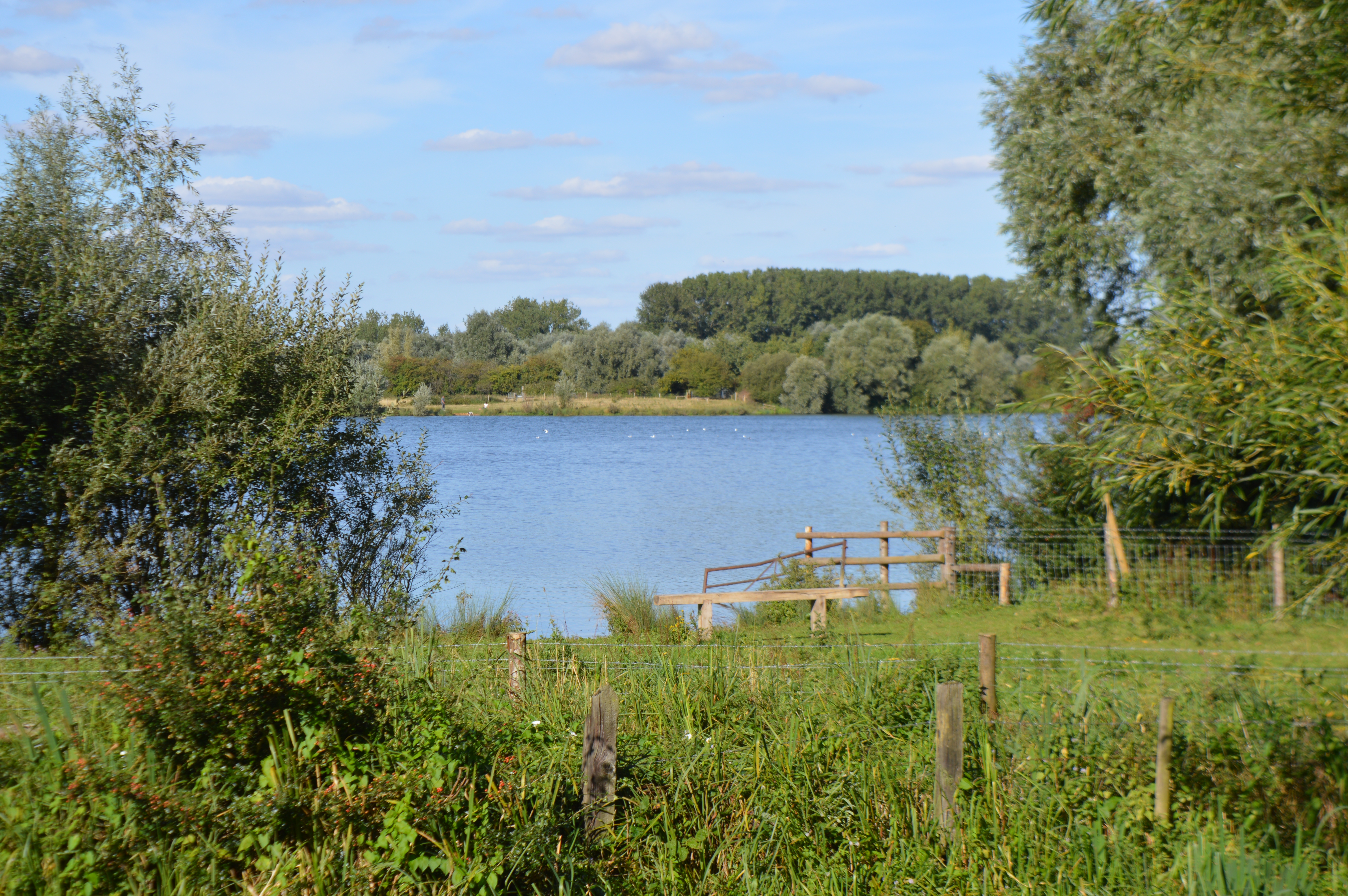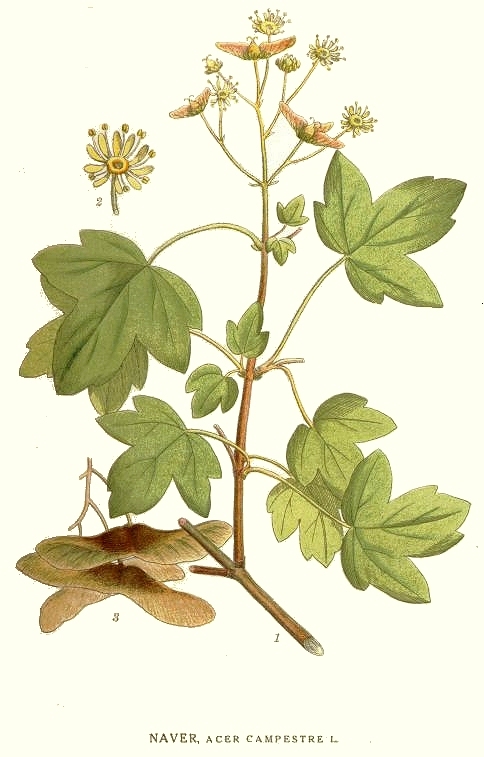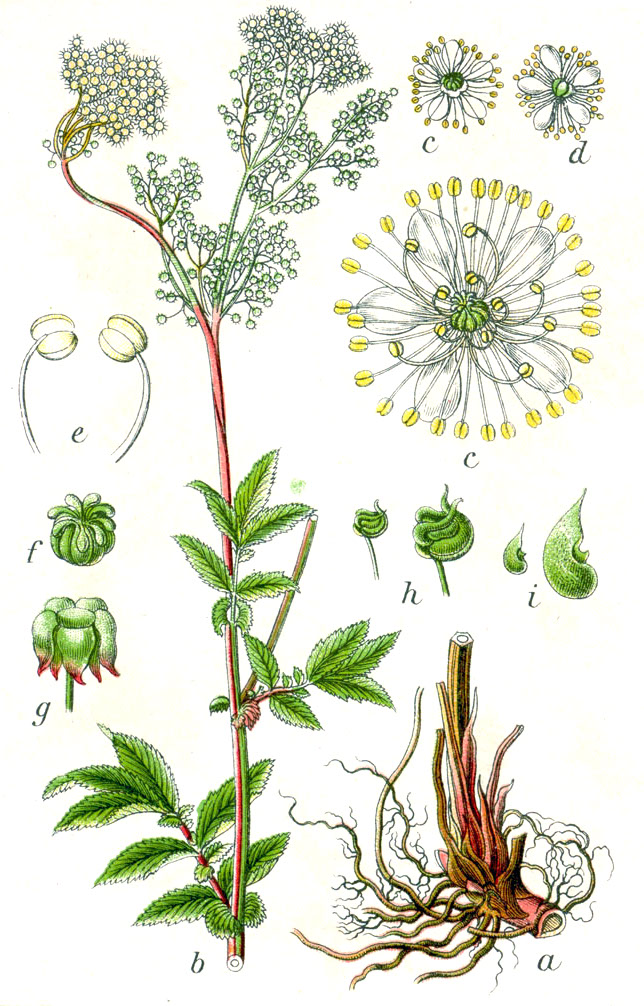|
Waresley Wood
Waresley and Gransden Woods is a nature reserve between Waresley and Great Gransden in Cambridgeshire, England. It is managed by the Wildlife Trust for Bedfordshire, Cambridgeshire and Northamptonshire. The site is a biological Site of Special Scientific Interest called Waresley Wood, with slightly different boundaries (but including Gransden Wood). This ancient woodland is mainly ash, field maple and hazel. There are also rides with diverse flora such as the herbs bush vetch ''Vicia sepium'' or bush vetch is a species of flowering plant in the pea and bean family Fabaceae. A nitrogen-fixing, perennial, leguminous climbing plant that grows in hedgerows, grasslands, the edges of woodland, roadsides and rough groun ..., meadowsweet, greater burnet-saxifrage and self-heal. There is access by a path from Waresley Road. References {{Wildlife Trust for Bedfordshire, Cambridgeshire and Northamptonshire Wildlife Trust for Bedfordshire, Cambridgeshire and Northam ... [...More Info...] [...Related Items...] OR: [Wikipedia] [Google] [Baidu] |
Waresley
Waresley is a village and former civil parish, now in the parish of Waresley-cum-Tetworth, in Cambridgeshire, England. Waresley lies approximately south of Huntingdon and south-east of the town of St Neots. Waresley is situated within Huntingdonshire which is a non-metropolitan district of Cambridgeshire as well as being a historic county of England. At the time of the 2001 census, the population of Waresley parish was 293. At the time of the 2011 Census the population was included in the Civil Parish of Little Gransden. History In 1085 William the Conqueror ordered that a survey should be carried out across his kingdom to discover who owned which parts and what it was worth. The survey took place in 1086 and the results were recorded in what, since the 12th century, has become known as the Domesday Book. Starting with the king himself, for each landholder within a county there is a list of their estates or manors; and, for each manor, there is a summary of the resource ... [...More Info...] [...Related Items...] OR: [Wikipedia] [Google] [Baidu] |
Great Gransden
Great Gransden is a civil parish and village in the Huntingdonshire district of Cambridgeshire, England. In 2001, the parish population was 969, which rose to 1,023 at the 2011 Census. It lies 16 miles (25 km) west of Cambridge and 13 miles (21 km) south of Huntingdon. It contains the oldest post mill in England. History The village name translates as "valley of a man named Granta or Grante". It was spelled ''Grantandene'' in 973 and ''Grante(s)dene'' in the 1086 Domesday book. Great Gransden was mentioned in 973 when its land was endowed to Thorney Abbey by Aethelwold, Bishop of Winchester. It already consisted of 33 households in 1086, with an annual rent of £30 being paid to the lord of the manor. Great Gransden's older centre consists of cottages grouped round a 16th-century church, dedicated to Saint Bartholomew, whose tower dates from about 1390. The connection between the village and Clare College, Cambridge appears to date from 1346, when the advowson for Gr ... [...More Info...] [...Related Items...] OR: [Wikipedia] [Google] [Baidu] |
Cambridgeshire
Cambridgeshire (abbreviated Cambs.) is a Counties of England, county in the East of England, bordering Lincolnshire to the north, Norfolk to the north-east, Suffolk to the east, Essex and Hertfordshire to the south, and Bedfordshire and Northamptonshire to the west. The city of Cambridge is the county town. Following the Local Government Act 1972 restructuring, modern Cambridgeshire was formed in 1974 through the amalgamation of two administrative counties: Cambridgeshire and Isle of Ely, comprising the Historic counties of England, historic county of Cambridgeshire (including the Isle of Ely); and Huntingdon and Peterborough, comprising the historic county of Huntingdonshire and the Soke of Peterborough, historically part of Northamptonshire. Cambridgeshire contains most of the region known as Silicon Fen. The county is now divided between Cambridgeshire County Council and Peterborough City Council, which since 1998 has formed a separate Unitary authorities of England, unita ... [...More Info...] [...Related Items...] OR: [Wikipedia] [Google] [Baidu] |
England
England is a country that is part of the United Kingdom. It shares land borders with Wales to its west and Scotland to its north. The Irish Sea lies northwest and the Celtic Sea to the southwest. It is separated from continental Europe by the North Sea to the east and the English Channel to the south. The country covers five-eighths of the island of Great Britain, which lies in the North Atlantic, and includes over 100 smaller islands, such as the Isles of Scilly and the Isle of Wight. The area now called England was first inhabited by modern humans during the Upper Paleolithic period, but takes its name from the Angles, a Germanic tribe deriving its name from the Anglia peninsula, who settled during the 5th and 6th centuries. England became a unified state in the 10th century and has had a significant cultural and legal impact on the wider world since the Age of Discovery, which began during the 15th century. The English language, the Anglican Church, and Engli ... [...More Info...] [...Related Items...] OR: [Wikipedia] [Google] [Baidu] |
Wildlife Trust For Bedfordshire, Cambridgeshire And Northamptonshire
The Wildlife Trust for Bedfordshire, Cambridgeshire and Northamptonshire (WTBCN) is a registered charity which manages 126 nature reserves covering . It has over 35,000 members, and 95% of people in Bedfordshire, Cambridgeshire and Northamptonshire live within five miles of a reserve. In the year to 31 March 2016 it employed 105 people and had an income of £5.1 million. It aims to conserve wildlife, inspire people to take action for wildlife, offer advice and share knowledge. The WTBCN is one of 36 wildlife trusts covering England, and 46 covering the whole of the United Kingdom. In 1912 Charles Rothschild formed the Society for the Promotion of Nature Reserves to protect sites considered "worthy of preservation". The society worked to secure statutory protection, and this began with the National Parks and Access to the Countryside Act 1949. In 1959 the society took on a coordinating role for local wildlife trusts, which covered the whole of Britain and Northern Ireland by 1 ... [...More Info...] [...Related Items...] OR: [Wikipedia] [Google] [Baidu] |
Site Of Special Scientific Interest
A Site of Special Scientific Interest (SSSI) in Great Britain or an Area of Special Scientific Interest (ASSI) in the Isle of Man and Northern Ireland is a conservation designation denoting a protected area in the United Kingdom and Isle of Man. SSSI/ASSIs are the basic building block of site-based nature conservation legislation and most other legal nature/geological conservation designations in the United Kingdom are based upon them, including national nature reserves, Ramsar sites, Special Protection Areas, and Special Areas of Conservation. The acronym "SSSI" is often pronounced "triple-S I". Selection and conservation Sites notified for their biological interest are known as Biological SSSIs (or ASSIs), and those notified for geological or physiographic interest are Geological SSSIs (or ASSIs). Sites may be divided into management units, with some areas including units that are noted for both biological and geological interest. Biological Biological SSSI/ASSIs may ... [...More Info...] [...Related Items...] OR: [Wikipedia] [Google] [Baidu] |
Ancient Woodland
In the United Kingdom, an ancient woodland is a woodland that has existed continuously since 1600 or before in England, Wales and Northern Ireland (or 1750 in Scotland). Planting of woodland was uncommon before those dates, so a wood present in 1600 is likely to have developed naturally. In most ancient woods, the trees and shrubs have been cut down periodically as part of the management cycle. Provided that the area has remained as woodland, the stand is still considered ancient. Since it may have been cut over many times in the past, ancient woodland does not necessarily contain very old trees. For many species of animal and plant, ancient woodland sites provide the sole habitat, and for many others, conditions on these sites are much more suitable than those on other sites. Ancient woodland in the UK, like rainforest in the tropics, is home to rare and threatened species. For these reasons ancient woodland is often described as an irreplaceable resource, or 'critical natural ca ... [...More Info...] [...Related Items...] OR: [Wikipedia] [Google] [Baidu] |
Fraxinus Excelsior
''Fraxinus excelsior'', known as the ash, or European ash or common ash to distinguish it from other types of ash, is a flowering plant species in the olive family Oleaceae. It is native throughout mainland Europe east to the Caucasus and Alborz mountains, and Britain and Ireland, the latter determining its western boundary. The northernmost location is in the Trondheimsfjord region of Norway.Rushforth, K. (1999). ''Trees of Britain and Europe''. Collins .Den virtuella floran''Fraxinus excelsior'' distribution/ref> The species is widely cultivated and reportedly naturalised in New Zealand and in scattered locales in the United States and Canada. Description It is a large deciduous tree growing to (exceptionally to ) tall with a trunk up to (exceptionally to ) diameter, with a tall, narrow crown. The bark is smooth and pale grey on young trees, becoming thick and vertically fissured on old trees. The shoots are stout, greenish-grey, with jet-black buds (which distinguish ... [...More Info...] [...Related Items...] OR: [Wikipedia] [Google] [Baidu] |
Field Maple
''Acer campestre'', known as the field maple, is a flowering plant species in the family Sapindaceae. It is native to much of continental Europe, Britain, southwest Asia from Turkey to the Caucasus, and north Africa in the Atlas Mountains. It has been widely planted, and is introduced outside its native range in Europe and areas of USA and Western Australia with suitable climate. Description It is a deciduous tree reaching tall, with a trunk up to in diameter, with finely fissured, often somewhat corky bark. The shoots are brown, with dark brown winter buds. The leaves are in opposite pairs, long (including the petiole) and broad, with five blunt, rounded lobes with a smooth margin. Usually monoecious, the flowers are produced in spring at the same time as the leaves open, yellow-green, in erect clusters across, and are insect-pollinated. The fruit is a samara with two winged achenes aligned at 180°, each achene is wide, flat, with a wing. The two varieties, not accept ... [...More Info...] [...Related Items...] OR: [Wikipedia] [Google] [Baidu] |
Corylus Avellana
''Corylus avellana'', the common hazel, is a species of flowering plant in the birch family Betulaceae. It is native to Europe and western Asia. It is an important component of the hedgerows that were the traditional field boundaries in lowland England. The wood was traditionally grown as coppice, the poles cut being used for wattle-and-daub building and agricultural fencing. Common hazel is cultivated for its nuts. The name hazelnut applies to the nuts of any species in the genus ''Corylus'', but in commercial settings a hazelnut is usually that of ''C. avellana''. This hazelnut or cob nut, the kernel of the seed, is edible and used raw or roasted, or ground into a paste. The cob is round, compared with the longer filbert nut. Description Common hazel is typically a shrub reaching tall, but can reach . The leaves are deciduous, rounded, long and across, softly hairy on both surfaces, and with a double-serrate margin. The flowers are produced very early in spring, before ... [...More Info...] [...Related Items...] OR: [Wikipedia] [Google] [Baidu] |
Vicia Sepium
''Vicia sepium'' or bush vetch is a species of flowering plant in the pea and bean family Fabaceae. A nitrogen-fixing, perennial, leguminous climbing plant that grows in hedgerows, grasslands, the edges of woodland, roadsides and rough ground. It occurs in western Europe, Russia including Siberia, Crimea, Caucasus and Central Asia. It can also be found in eastern Canada, north-eastern states of the USA and, where suitable habitat occurs, in Greenland. It is native to, and has been recorded in, almost all parts of Britain, Ireland and associated islands. Description A rhizomatous plant. Its climbing habit is enabled by branched tendrils at the end of each leaf stem, which curl around surrounding plants. The stems are not branched, are almost glabrous, sometimes with rare soft hairs, single, mostly 30 to 40 cm long but sometimes as much as 100 cm. The leaves are compound and pinnate with 4 to 8 pairs of opposite leaflets ending in branched tendrils. Leaflets are 20 ... [...More Info...] [...Related Items...] OR: [Wikipedia] [Google] [Baidu] |
Filipendula Ulmaria
''Filipendula ulmaria'', commonly known as meadowsweet or mead wort, is a perennial herbaceous plant in the family Rosaceae that grows in damp meadows. It is native throughout most of Europe and Western Asia (Near east and Middle east). It has been introduced and naturalised in North America. Meadowsweet has also been referred to as queen of the meadow, pride of the meadow, meadow-wort, meadow queen, lady of the meadow, dollof, meadsweet, and bridewort. Description The stems, growing up to 120 cm, are tall, erect and furrowed, reddish to sometimes purple. The leaves are dark-green on the upper side and whitish and downy underneath, much divided, interruptedly pinnate, having a few large serrate leaflets and small intermediate ones. Terminal leaflets are large, 4–8 cm long, and three- to five-lobed. Meadowsweet has delicate, graceful, creamy-white flowers clustered close together in irregularly-branched cymes, having a very strong, sweet smell redolent of antisep ... [...More Info...] [...Related Items...] OR: [Wikipedia] [Google] [Baidu] |








